Israel’s Operation Rising Lion: Satellite images reveal damage to Iran’s nuclear feature, missile locations; See pics

Satellite images have revealed some damage from nuclear facilities in Iran’s ballistic missile arsenal and Israeli attack.Planet labs analyzed by the news agency The Associated Press show damage to two missile bases – one in Kirmanshah and a Tabriz, both in western Iran.On the mountainside kermanshah base, Burns can be seen in a wide area after the attack. In Tabariz, images showed losses on several sites at the base.

Tabriz, Iran missile base near Iran, Wednesday, Wednesday, 11 June, 2025, top left, and the same place after an Israeli strike, Friday, June 13, June 13, 2025, Top Rad, and near a Iran missile base
Meanwhile, in Natanz nuclear enrichment facility in the south -west of the Iranian capital Tehran, images either damage or destroy many buildings; Experts of structures in targeted sites say the power supplied for convenience. Natanz photos were taken by Maxu Technologies.At the Natanj plant, now destroyed, Iran enriched uranium in 60% purity – a small, technical step away from weapons – grade levels of 90%.
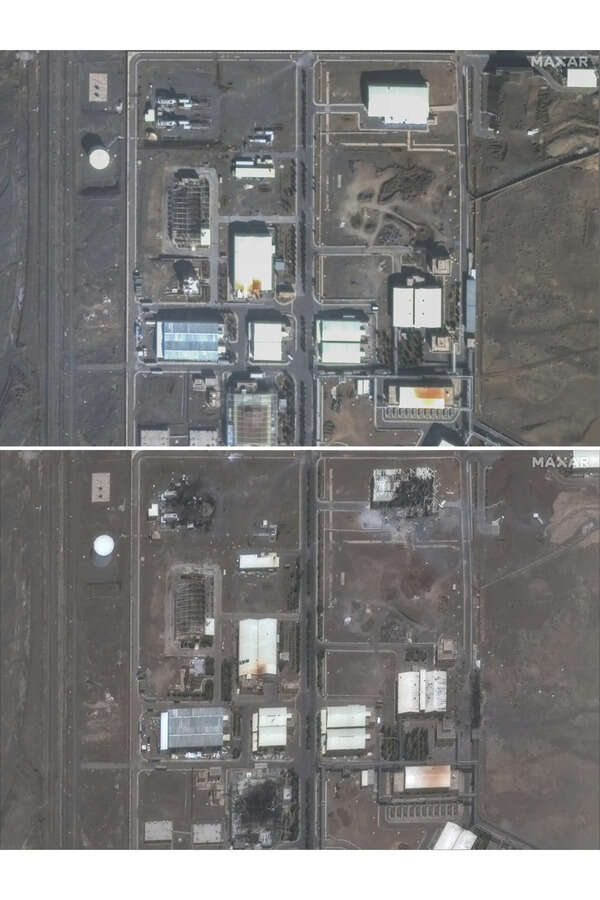
Nutanz nuclear enrichment facility, 135 miles southeast Tehran, Iran, Friday, 24 January, 2025, top and Saturday, 14 June, 2025. (Maxu technologies through AP)
While all the nattanz features damaged in the strike are above the ground, it does not appear from images that have a clear impact on the underground promotion hall.Iran has not accepted the loss, although it has reported on Israeli attacks in the region.
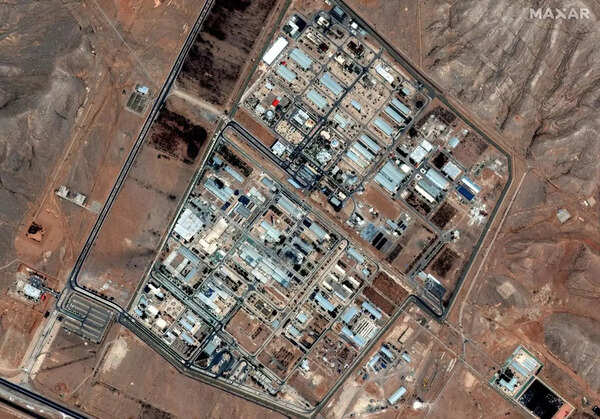
Isfahan atomic basis
Satellite images also show effects on sites such as nuclear feature, Islamic Revolutionary Guards Corps’ (IRGC) Ghadir Site, and Fordow Fuel Fuel Promotion Plant at Piranshahar.
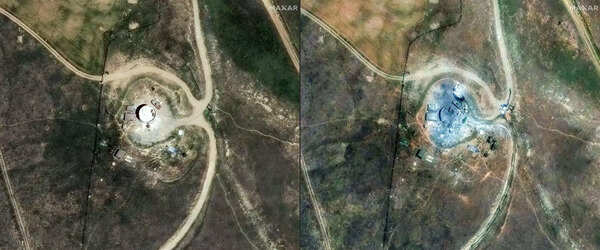
Before and after images of nuclear facility in Piranshahar
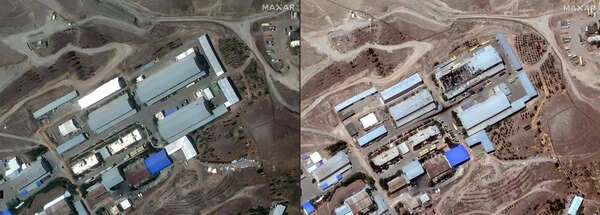
IRGC’s Ghadir Site images before and after and after
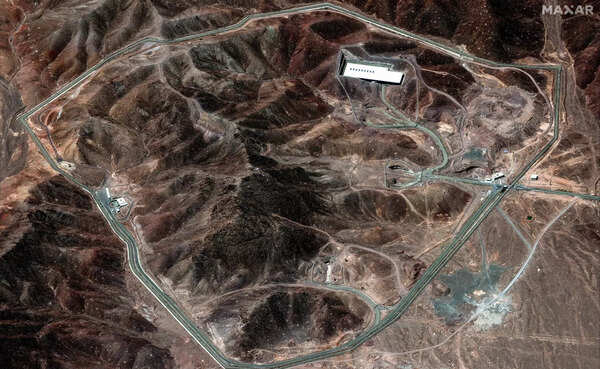
Fordow enrichment plant
Under its operation Rising Lion, Israel attacked Iran’s nuclear features. This targeted and killed several top IRGC officials and scientists of the Islamic Republic’s nuclear program.
In vengeance, Iran launched ballistic missiles in Israel’s largest city Tel Aviv, killing three people and injured dozens.The Israel then launched direct attacks on Sunday, targeting the Iranian energy industry and the Ministry of Defense Headquarters, in which Iran launched a fresh barrage of missiles targeting its hardcore rival.




